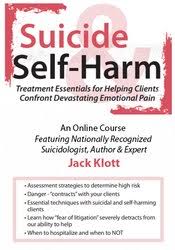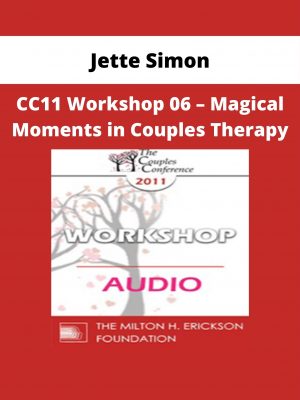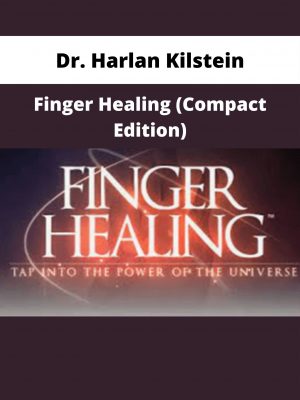-
×
 Janina Fisher – Putting the Pieces Together: Trauma and Dissociation
1 × $12
Janina Fisher – Putting the Pieces Together: Trauma and Dissociation
1 × $12 -
×
 Bob Proctor – Thinking into Results
1 × $80
Bob Proctor – Thinking into Results
1 × $80 -
×
Korbett Miller – Manage your Business Remotely with Online Tools 1 × $31
-
×
Arash Dibazar – Ravi – Playing with the gods 1 × $64
-
×
Masterclass – Neil Gaiman The Art of Storytelling 1 × $40
-
×
OJ Simpson – InstaBanner Suite 1 × $34
Subtotal: $261

 Korbett Miller – Manage your Business Remotely with Online Tools
Korbett Miller – Manage your Business Remotely with Online Tools  Arash Dibazar – Ravi – Playing with the gods
Arash Dibazar – Ravi – Playing with the gods  Masterclass – Neil Gaiman The Art of Storytelling
Masterclass – Neil Gaiman The Art of Storytelling  OJ Simpson – InstaBanner Suite
OJ Simpson – InstaBanner Suite 










